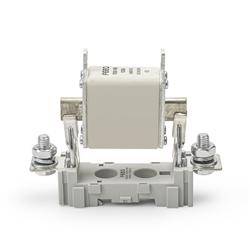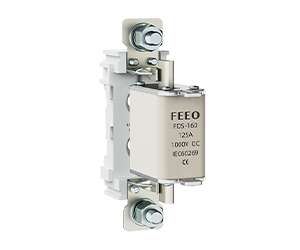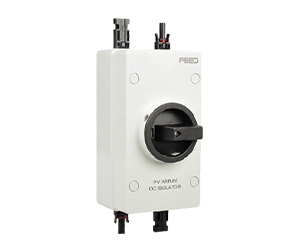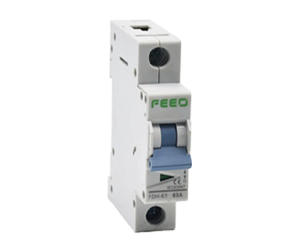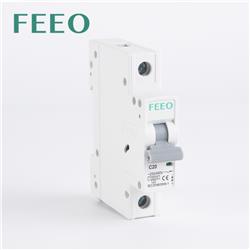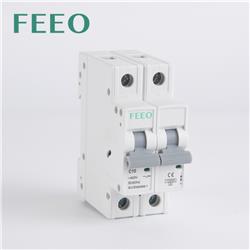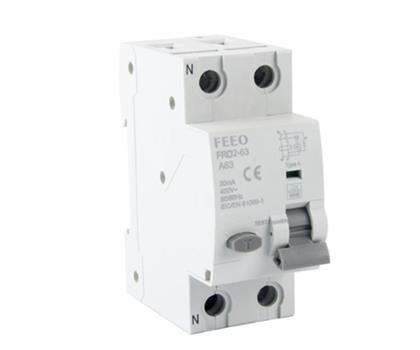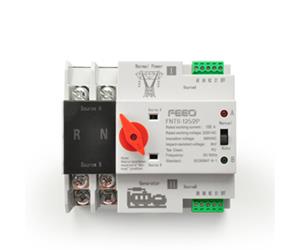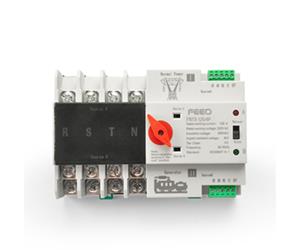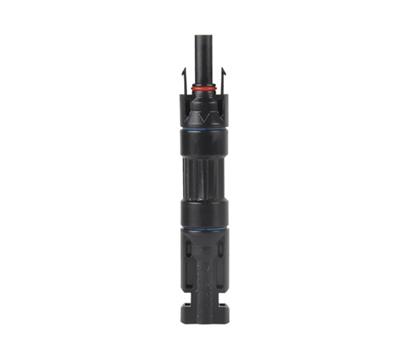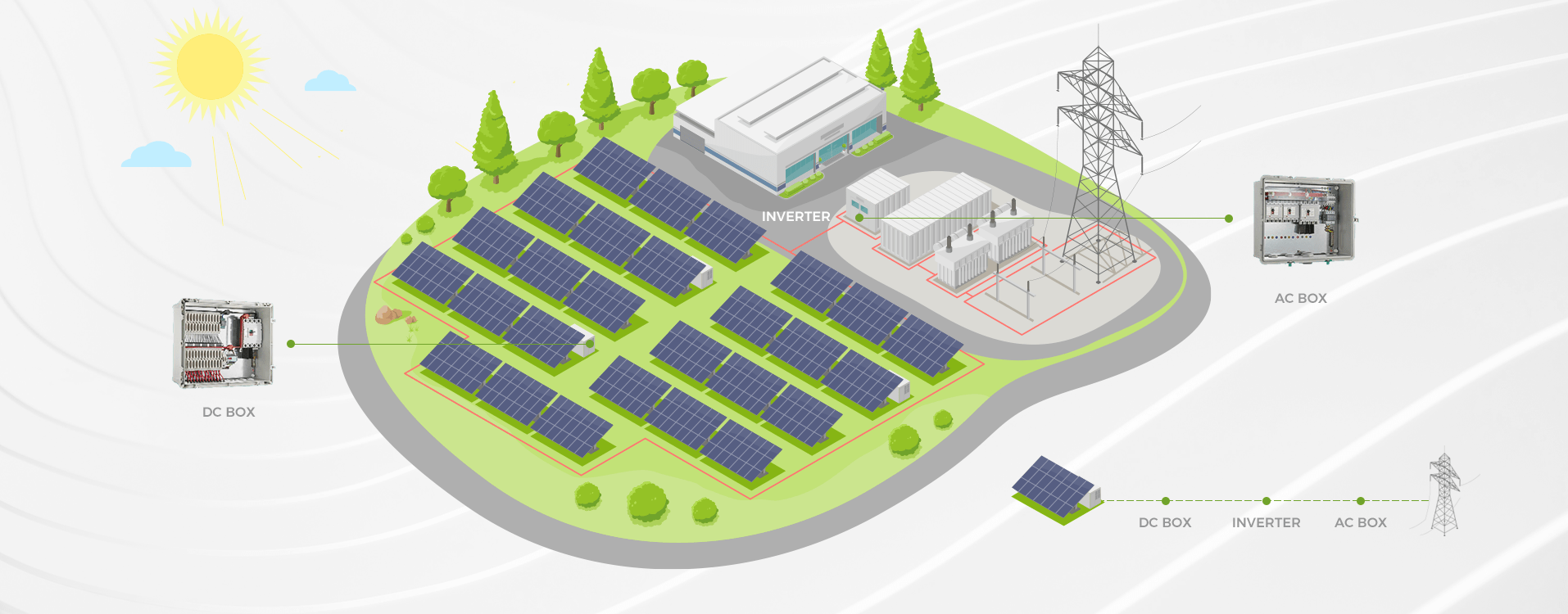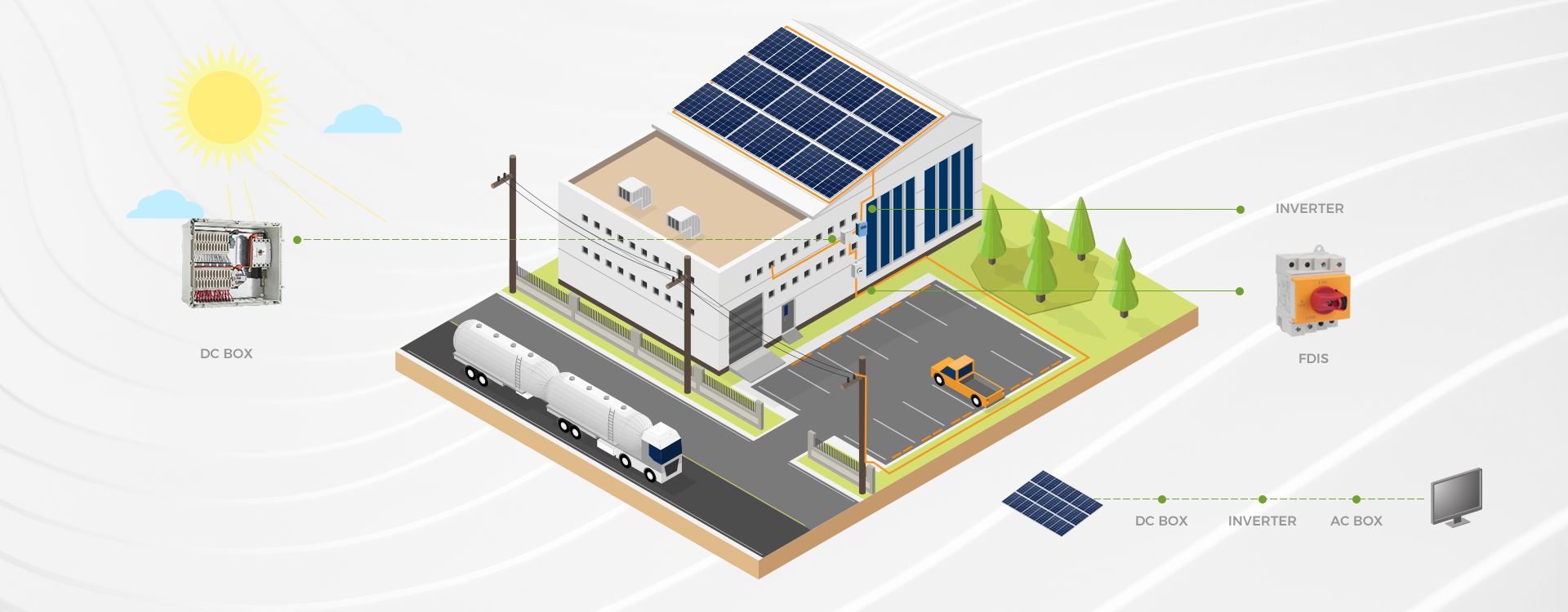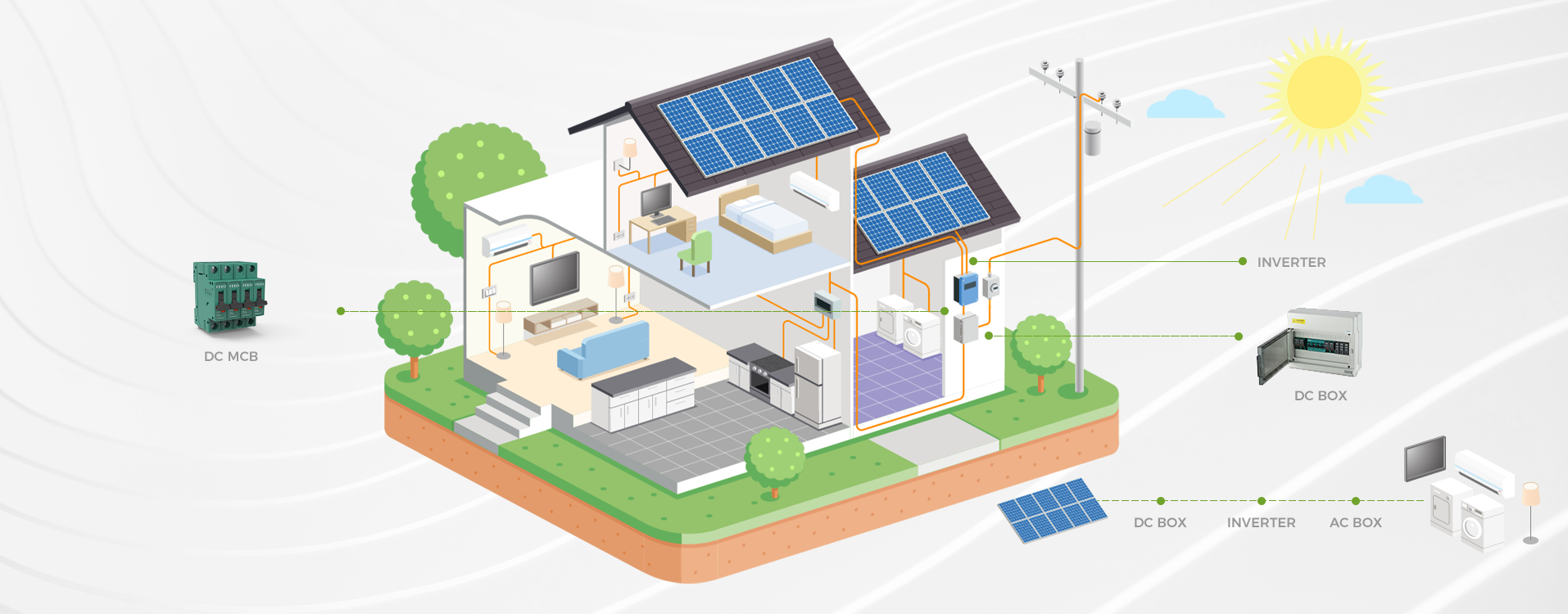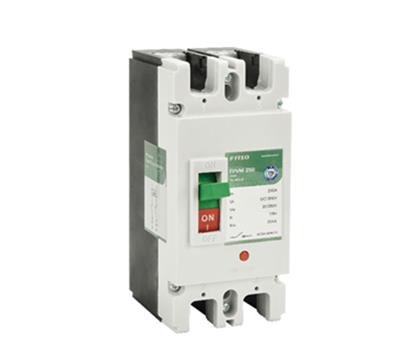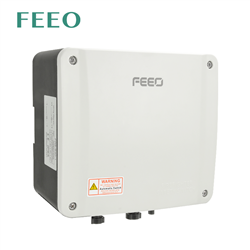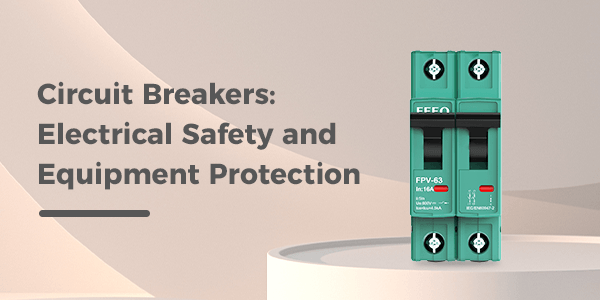Selecting the right Direct Current (DC) Miniature Circuit Breaker (MCB) for your solar photovoltaic (PV) system is crucial to ensuring the safety and efficiency of your installation. This guide will provide you with an in-depth understanding of ==DC MCBs== and their importance, as well as a step-by-step process to choose the perfect one for your specific needs.
1. Introduction to DC MCBs
Direct Current Miniature Circuit Breakers (DC MCBs) are electrical safety devices designed to protect electrical circuits from damage due to overloads or short circuits. Unlike their Alternating Current (AC) counterparts, DC MCBs are specifically designed to handle the unique characteristics of DC voltage found in solar PV systems.
 2. The Importance of DC MCBs in Solar PV Systems
2. The Importance of DC MCBs in Solar PV Systems
Solar PV systems generate electricity by converting sunlight into DC voltage. This voltage is then used to power electrical loads or stored in batteries for later use. However, ==PV systems== are susceptible to various electrical faults, such as overloads or short circuits. These faults can cause damage to the system components, reduce energy output, and even pose a fire risk.
DC MCBs play a vital role in protecting solar PV systems by automatically disconnecting the circuit when an electrical fault is detected. They ensure the safety of both the system and its users, while also prolonging the lifespan of the components and maintaining optimal energy output.
3. Key Factors to Consider When Choosing a DC MCB
To select the most suitable DC MCB for your solar PV system, consider the following factors:
3.1 Voltage Rating
The voltage rating of a DC MCB indicates the maximum voltage it can safely handle. It is essential to choose an MCB with a voltage rating that matches or exceeds the system's maximum voltage. In a solar PV system, the maximum voltage typically depends on the number of solar panels connected in series and their individual voltage output.
For example, if you have 10 panels connected in series, each with a maximum voltage of 4ALjFweraK63HZVCA5nEwcUjpgLuhFW64hjPMz9ZRSpwE37s9MVWbvGYsgn2gBGhUpdfSiqxz3dy9M7fXAmzFtoz7q3jrFwMCB with a voltage rating of at least 400V.
3.2 Current Rating
The current rating of a DC MCB specifies the maximum current it can carry without tripping. To determine the appropriate current rating, consider the maximum current that the solar PV system will produce. This value can be calculated by dividing the system's total power output (in watts) by its maximum voltage (in volts).
For example, if your solar PV system has a total power output of 4,000W and a maximum voltage of 400V, the maximum current would be 10A (4,000W ÷ 400V). In this case, you should choose a DC MCB with a current rating of at least 10A.
3.3 Breaking Capacity
The breaking capacity of a DC MCB refers to its ability to interrupt fault currents without causing damage to the device. This value is expressed in kiloamperes (kA) and should be higher than the prospective fault current of the solar PV system. The prospective fault current can be calculated by dividing the short-circuit current (Isc) of the solar panels by the system's maximum voltage.
For example, if your solar PV system has a short-circuit current of 500A and a maximum voltage of 400V, the prospective fault current would be 1.25kA (500A ÷ 400V). In this case, you should choose a DC MCB with a breaking capacity of at least 1.25kA.
3.4 Type and Curve Selection
DC MCBs are available in different types and trip curves, which determine their tripping characteristics. The most common types of DC MCBs for solar PV systems are:
Type B: Suitable for general-use applications with predominantly resistive loads.
Type C: Ideal for inductive loads, such as motors or transformers.
Type D: Designed for highly inductive loads with high inrush currents, such as large motors or transformers.
The trip curve of a DC MCB defines its response to overcurrent conditions:
B-Curve: Trips between 3 to 5 times the rated current, suitable for resistive and low inductive loads.
C-Curve: Trips between 5 to 10 times the rated current, suitable for moderate inductive loads.
D-Curve: Trips between 10 to 20 times the rated current, suitable for highly inductive loads with high inrush currents.
For most residential and small commercial solar PV systems, a Type B or Type C MCB with a B-Curve or C-Curve is typically sufficient. However, it is essential to consider the specific load characteristics of your system when selecting the appropriate type and curve.

4. Conclusion
Choosing the perfect DC MCB for your solar PV system is crucial for ensuring its safety, efficiency, and longevity. By understanding the importance of DC MCBs in solar PV systems and considering the key factors such as voltage rating, current rating, breaking capacity, and type and curve selection, you can make an informed decision that best suits your specific needs.
Remember that it is always recommended to consult with a qualified electrician or solar installer to ensure the safe and proper installation of your DC MCB and other electrical components in your solar PV system.














